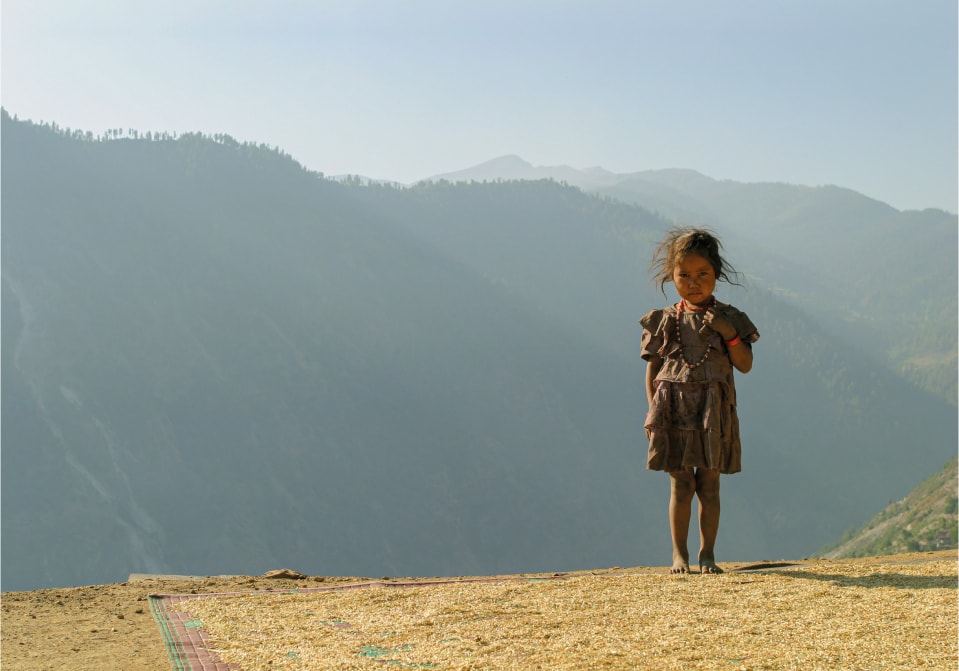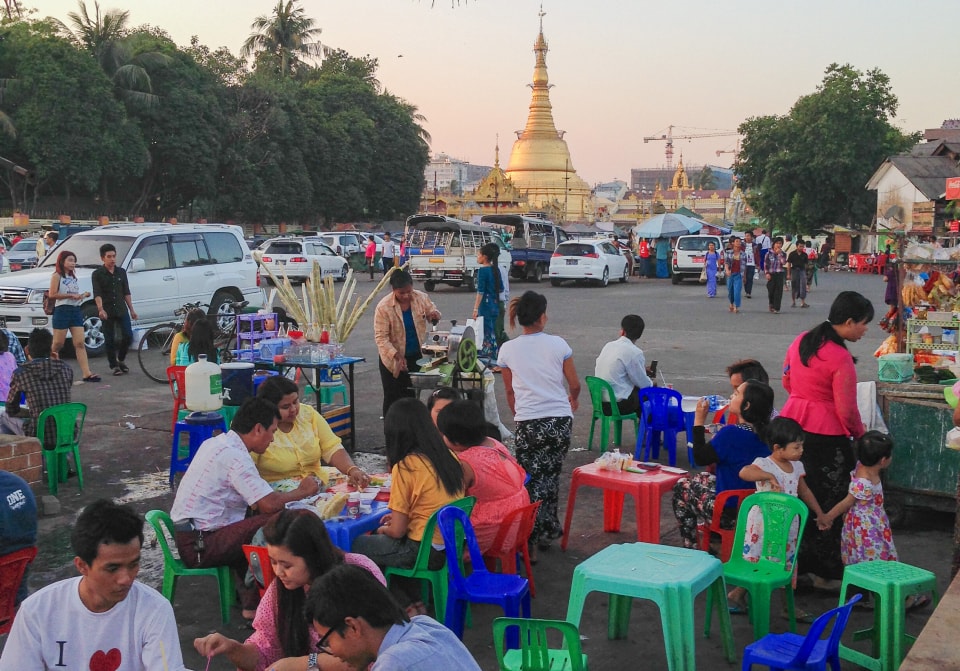UN Agenda 2030:
Nobody Gets Left Behind
In 2015, the United Nations [UN]
published an ambitious
plan for sustainable development
called Agenda 2030.
This set of goals engages all member states of the UN in trying to make
economic, social and environmental situations better all over the world.
The first goal is to eradicate poverty.
Other important goals include the:
• realisation of human rights
• realisation of gender equality
• increase of health and welfare
• protection of natural resources and the environment
Cultural heritage is an important part of sustainable development.
The best results are achieved when culture promotes sustainable development
and sustainable development strengthens the culture.
UNESCO has said
that cultural heritage and Agenda 2030 are related.
The UN will follow closely
how sustainable development is realised through Agenda 2030.
The UN wants to succeed in this,
as it has succeeded in many things in previous decades.
For example:
• Extreme poverty was halved in the period 1999–2015.
• In 1990, more than 23 per cent
of people in developing countries were malnourished.
In 2014, less than 13 per cent were malnourished.
• Mortality among children under five was
more than halved in the period 1990–2014.
The Covid-19 pandemic has made it more difficult
to realise sustainable development.
Therefore a lot of extra effort
will be needed to reach the goals.
Agenda 2030 has a total of
17 major goals and 169 smaller goals.
To know when goals are being reached,
200 measures have been set up
for use all over the world.
Governments, local authorities,
volunteer organisations and private businesses
all work towards reaching the goals.
A key principle of Agenda 2030 is that:
‘Nobody gets left behind in development’.
We can all promote sustainable development.
Including you!
Read more about the UN Sustainable Development Goals

